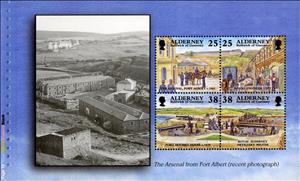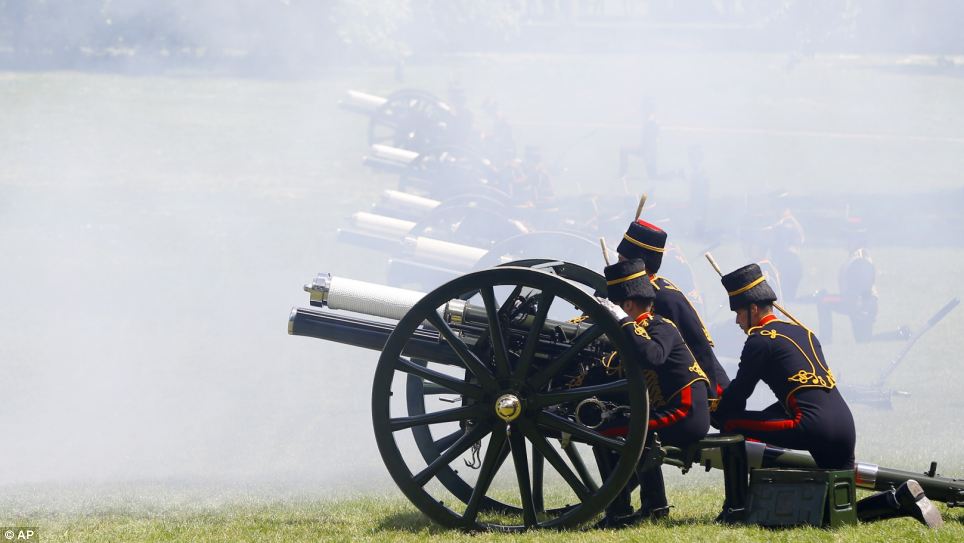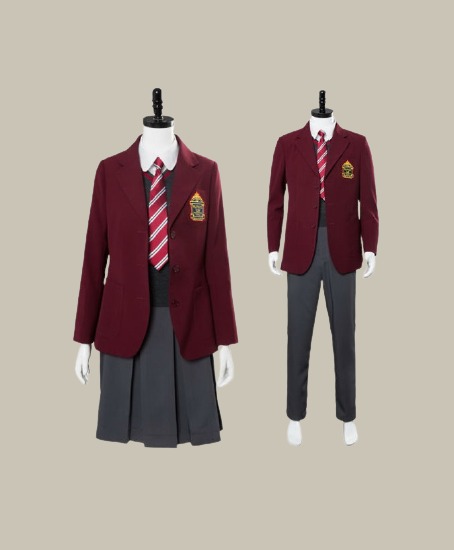Booklet Pane: The Arsenal from Fort Albert (recent photograph) (Alderney 1999)
The Arsenal from Fort Albert (recent photograph) (Alderney 1999)
19 October (Alderney ) within release Garrison Island 1999 - Forts goes into circulation Booklet Pane The Arsenal from Fort Albert (recent photograph) face value 2*25_2*38 Guernsey penny
| Booklet Pane The Arsenal from Fort Albert (recent photograph) in catalogues | |
|---|---|
| Michel: | Mi: GG-AL HB18 |
| Stamp Number: | Sn: GG-AL 141c |
Booklet Pane is horizontal format.
Booklet pane from Booklet "Mi:GG-AL MH7"Also in the issue Garrison Island 1999 - Forts:
- Se-tenant - 2nd Bn, Royal Scots on Parade / Garrison at Work, face value 2*30;
- Se-tenant - 2nd Bn, Royal Scots on Parade / Garrison at Work, face value 2*38;
- Booklet Pane - Alderney Militia Infantry in the 1930s face value 2*20_2*30;
- Se-tenant - Field Gun & Crew / Parade of 9th Bn Royal Garrison Artillary face value 2*20;
- Se-tenant - Field Gun & Crew / Parade of 9th Bn Royal Garrison Artillary face value 2*25;
- Booklet Pane - Fort Albert viewed from St Anne's (c. 1935) face value 2*30_2*38;
- Booklet Pane - Fort Tourgis (c. 1859), engraving from a drawing face value 2*25_2*30;
- Booklet Pane - Platte Saline Battery c. 1900, with the SS Courier face value 2*20_2*25;
- Booklet - Prestige Booklet - Garrison Island Part III face value 6.78;
- Booklet Pane - The Arsenal from Fort Albert (recent photograph) face value 2*25_2*38;
- Booklet Pane - The Royal Alderney Artillery Militia on parade face value 2*20_2*38;
Booklet Pane The Arsenal from Fort Albert (recent photograph) it reflects the thematic directions:
An anniversary is the date on which an event took place or an institution was founded in a previous year, and may also refer to the commemoration or celebration of that event. For example, the first event is the initial occurrence or, if planned, the inaugural of the event. One year later would be the first anniversary of that event. The word was first used for Catholic feasts to commemorate saints. Most countries celebrate national anniversaries, typically called national days. These could be the date of independence of the nation or the adoption of a new constitution or form of government. The important dates in a sitting monarch's reign may also be commemorated, an event often referred to as a "Jubilee".
Artillery are ranged weapons that launch munitions far beyond the range and power of infantry firearms. Early artillery development focused on the ability to breach defensive walls and fortifications during sieges, and led to heavy, fairly immobile siege engines. As technology improved, lighter, more mobile field artillery cannons developed for battlefield use. This development continues today; modern self-propelled artillery vehicles are highly mobile weapons of great versatility generally providing the largest share of an army's total firepower.
Engineers, as practitioners of engineering, are professionals who invent, design, analyze, build and test machines, complex systems, structures, gadgets and materials to fulfill functional objectives and requirements while considering the limitations imposed by practicality, regulation, safety and cost.The word engineer (Latin ingeniator, the origin of the Ir. in the title of engineer in countries like Belgium and The Netherlands) is derived from the Latin words ingeniare ("to contrive, devise") and ingenium ("cleverness"). The foundational qualifications of a licensed professional engineer typically include a four-year bachelor's degree in an engineering discipline, or in some jurisdictions, a master's degree in an engineering discipline plus four to six years of peer-reviewed professional practice (culminating in a project report or thesis) and passage of engineering board examinations.
A fortification (also called a fort, fortress, fastness, or stronghold) is a military construction designed for the defense of territories in warfare, and is used to establish rule in a region during peacetime. The term is derived from Latin fortis ("strong") and facere ("to make").
The horse (Equus ferus caballus) is one of two extant subspecies of Equus ferus. It is an odd-toed ungulate mammal belonging to the taxonomic family Equidae. The horse has evolved over the past 45 to 55 million years from a small multi-toed creature, Eohippus, into the large, single-toed animal of today. Humans began to domesticate horses around 4000 BC, and their domestication is believed to have been widespread by 3000 BC. Horses in the subspecies caballus are domesticated, although some domesticated populations live in the wild as feral horses. These feral populations are not true wild horses, as this term is used to describe horses that have never been domesticated, such as the endangered Przewalski's horse, a separate subspecies, and the only remaining true wild horse. There is an extensive, specialized vocabulary used to describe equine-related concepts, covering everything from anatomy to life stages, size, colors, markings, breeds, locomotion, and behavior.
A uniform is a variety of costume worn by members of an organization while usually participating in that organization's activity. Modern uniforms are most often worn by armed forces and paramilitary organizations such as police, emergency services, security guards, in some workplaces and schools, and by inmates in prisons. In some countries, some other officials also wear uniforms in their duties; such is the case of the Commissioned Corps of the United States Public Health Service or the French prefects. For some organizations, such as police, it may be illegal for non-members to wear the uniform.





